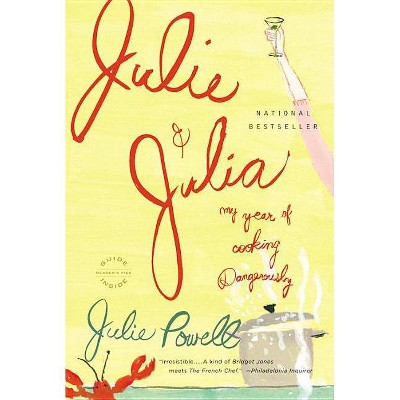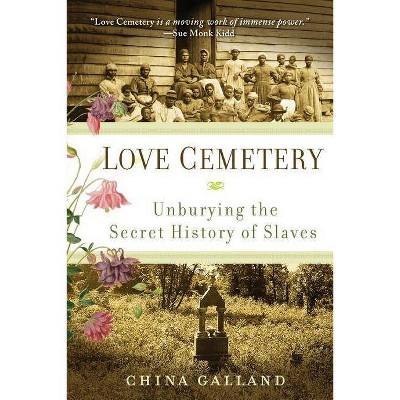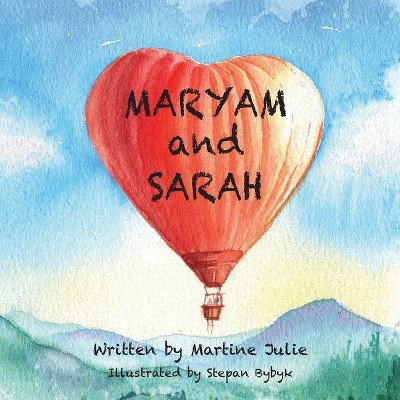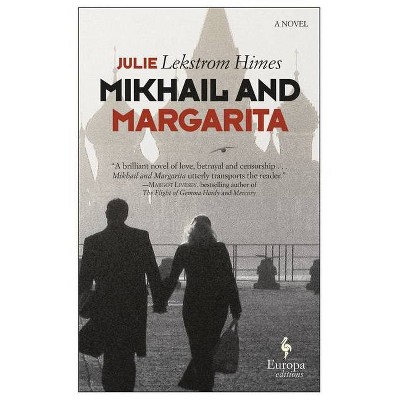Churchyard and cemetery - by Julie Rugg (Paperback)

Similar Products
Products of same category from the store
AllProduct info
<p/><br></br><p><b> About the Book </b></p></br></br>Reviews the burial history of central North Yorkshire<p/><br></br><p><b> Book Synopsis </b></p></br></br>The 1853 Burial Act introduced changes that would affect every English town and village outside London. New cemeteries looked set to replace the centuries-old churchyard, removing the dead from the heart of the community, and burial became a scientific rather than a spiritual concern. The<br>secularisation of burial has long been regarded as an essential symbol of modernity, but was this process so straightforward? This study challenges a long-standing tendency to regard the churchyard as inherently 'traditional' and the cemetery as essentially 'modern.' <p/>This fascinating volume reviews the burial history of central North Yorkshire. New evidence demonstrates that the Church of England continued to have a substantial role in burial provision, and largely benefited from the Burial Acts. Furthermore, reviewing churchyard and cemetery provision in tandem<br>demonstrates that one did not necessarily replace the other. Rather, both were subject to the play of new expectations for burial space to guarantee that families could be buried together with opportunity for formal commemoration. Population in the area declined, but demand for burial space meant<br>that many dozens of churchyards were extended, and forty new cemeteries were laid out. <p/>Sure to become essential reading for modules on Victorian death, this book is accessible to an undergraduate audience at the same time as providing clear narrative and theoretical frameworks to challenge presumptions at higher levels. It will be also be invaluable to anyone involved in the<br>management and conservation of burial ground.<br><p/><br></br><p><b> From the Back Cover </b></p></br></br>The 1853 Burial Act introduced changes that would affect every English town and village outside London. New cemeteries looked set to replace the centuries-old churchyard, removing the dead from the heart of the community, and burial became a scientific rather than a spiritual concern. The secularisation of burial has long been regarded as an essential symbol of modernity, but was this process so straightforward? This study challenges a long-standing tendency to regard the churchyard as inherently 'traditional' and the cemetery as essentially 'modern.' This fascinating volume reviews the burial history of central North Yorkshire. New evidence demonstrates that the Church of England continued to have a substantial role in burial provision, and largely benefited from the Burial Acts. Furthermore, reviewing churchyard and cemetery provision in tandem demonstrates that one did not necessarily replace the other. Rather, both were subject to the play of new expectations for burial space to guarantee that families could be buried together with opportunity for formal commemoration. Population in the area declined, but demand for burial space meant that many dozens of churchyards were extended, and forty new cemeteries were laid out. Sure to become essential reading for modules on Victorian death, this book is accessible to an undergraduate audience at the same time as providing clear narrative and theoretical frameworks to challenge presumptions at higher levels. It will be also be invaluable to anyone involved in the management and conservation of burial ground.<p/><br></br><p><b> Review Quotes </b></p></br></br><br><br>Rugg has an established research reputation in death studies regarding the history of ownership and management of burial space. Cemeteries, it would seem, are her passion. Churchyard and Cemetery: Tradition and Modernity in Rural North Yorkshire reinforces and expands her status as one of the<br>foremost thinkers in this area. Rugg's clear appetite for examining burial space defines the book. She engages the reader with a topic that might initially appear dry but is actually ripe with 'the strength of the passions evoked by the issue of burial' (p. xi) on the local and national stage. -<br>Ruth Penfold-Mounce, Department of Sociology, University of York, Mortality <br><p></p><br><br><p/><br></br><p><b> About the Author </b></p></br></br><br>Julie Rugg is a Senior Research Fellow and heads the Cemetery Research Group at the University of York<br>
Price History
Price Archive shows prices from various stores, lets you see history and find the cheapest. There is no actual sale on the website. For all support, inquiry and suggestion messages communication@pricearchive.us




















